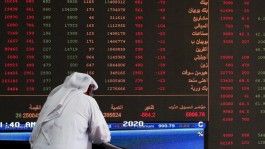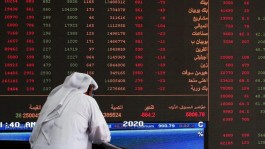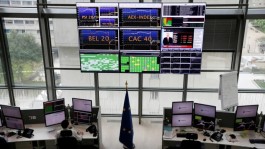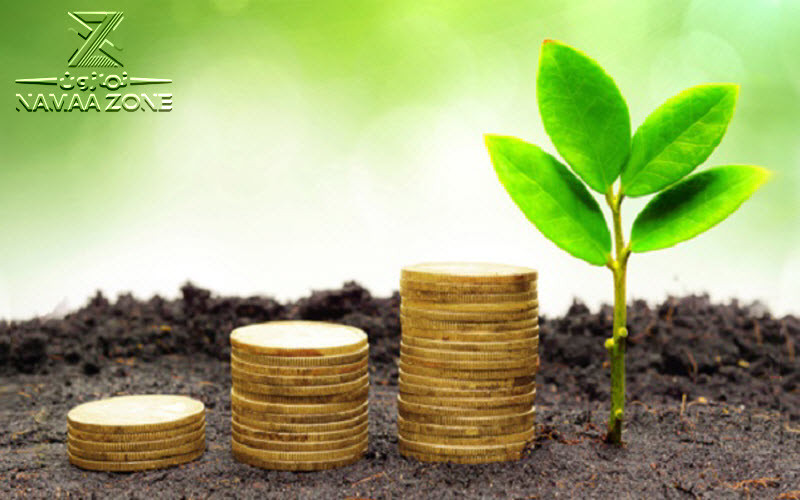(Special Report - Amazon)
Capital markets have witnessed a major development in the last decade, as many advanced investment methods have been developed that serve both the investor and the investment environment.
Among the recent investment methods that have appeared on the scene in the past ten years are what are called green bonds, which are bonds that were issued so that they are environmentally friendly investments. >
A decade ago, the total of these bond issuances was just a few hundred million dollars a year, but now the transactions of this type of investment exceed the 500 billion mark. Dollars.
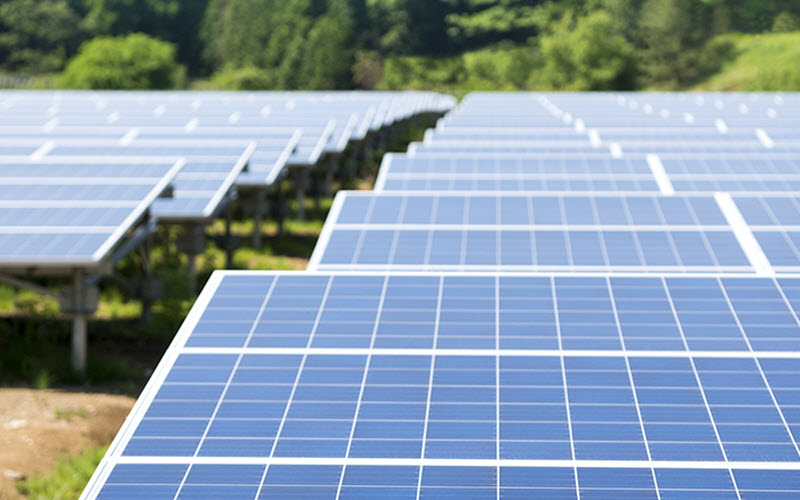
In the recent past, the issuance of these bonds was restricted to issuers such as the World Bank, but this issuance has expanded in recent years to include banks, private companies, public services facilities and governments. < / p>
The name of these bonds is green because the re-use of their investment returns to finance green projects in various countries, such as clean energy projects and the like.
Estimates of the size of these bonds linked to specific purposes vary depending on the breadth or narrowness of the market definition.
Investors' interest in the social and environmental purposes of their investments reveals a major shift in the bond market. Investors want data that shows how they can reduce environmental and social risks and governance-related risks in their investment portfolios, And how their investments help achieve the welfare of society.
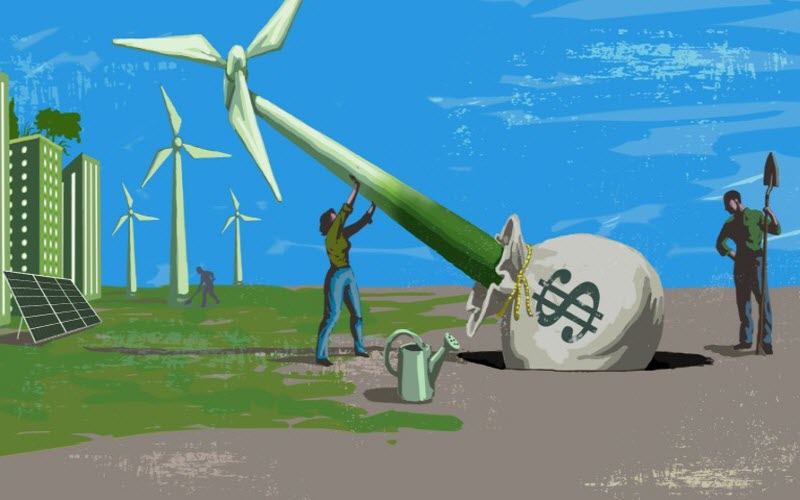
Green bonds sparked a revolution in thinking about sustainability, purpose, and the possibility that investments in highly liquid bonds could have positive effects. If fixed income tools can support climate finance, they can do so for other social purposes.













